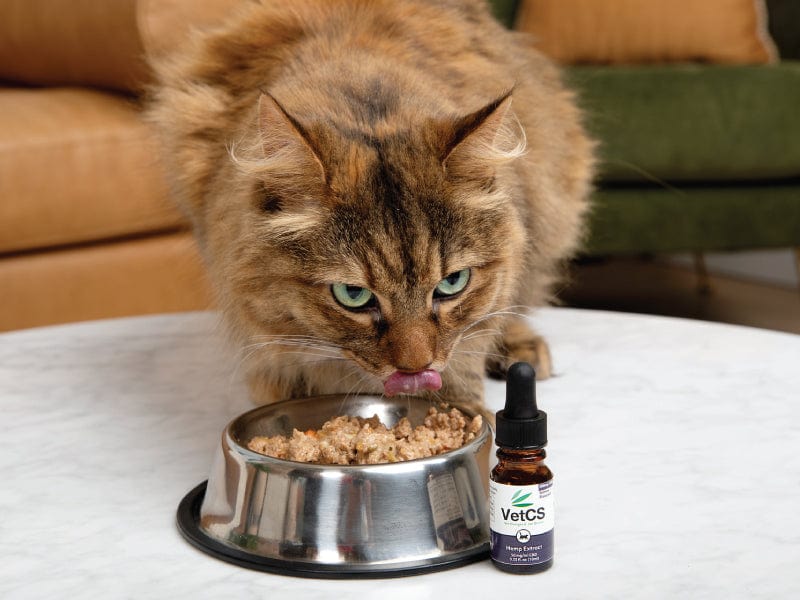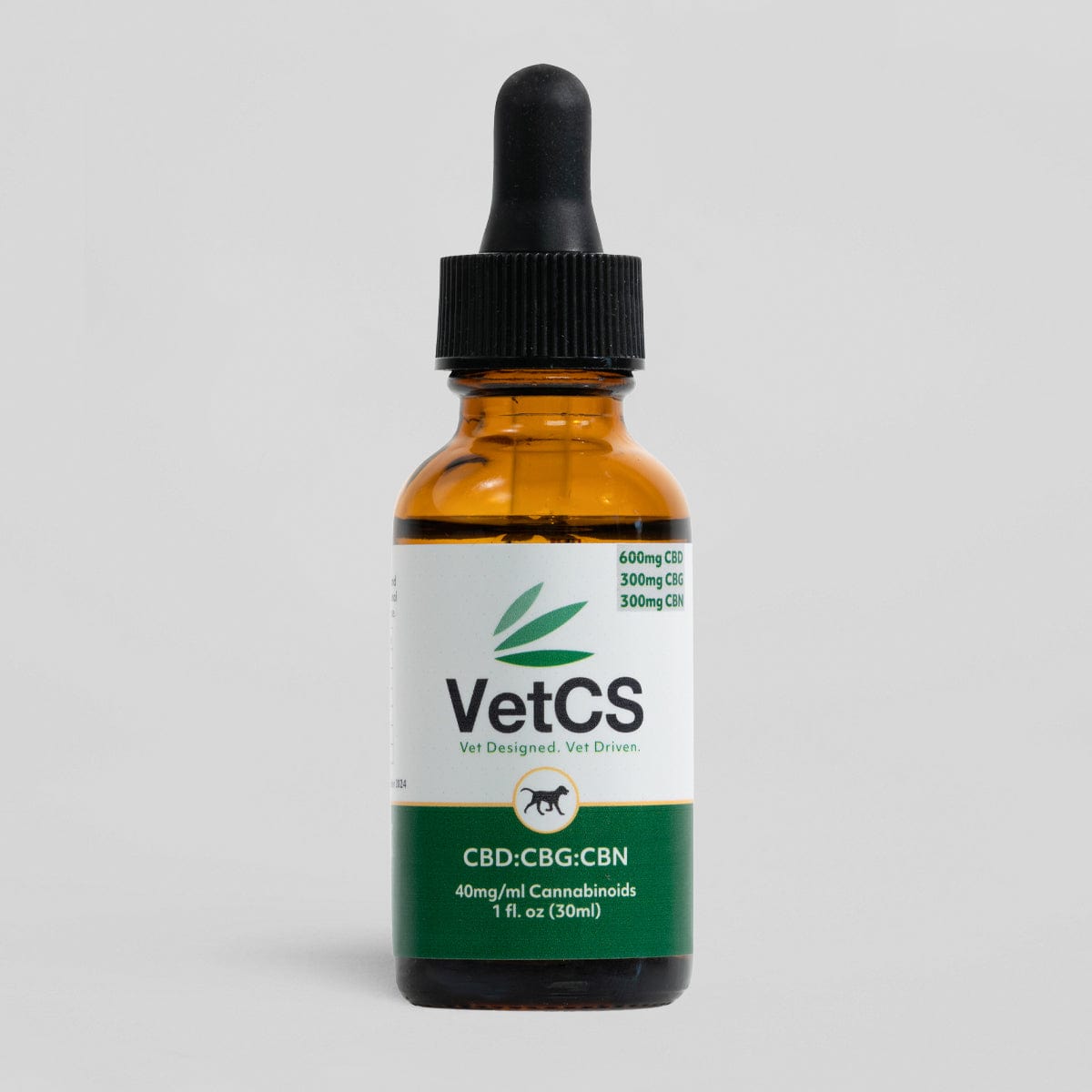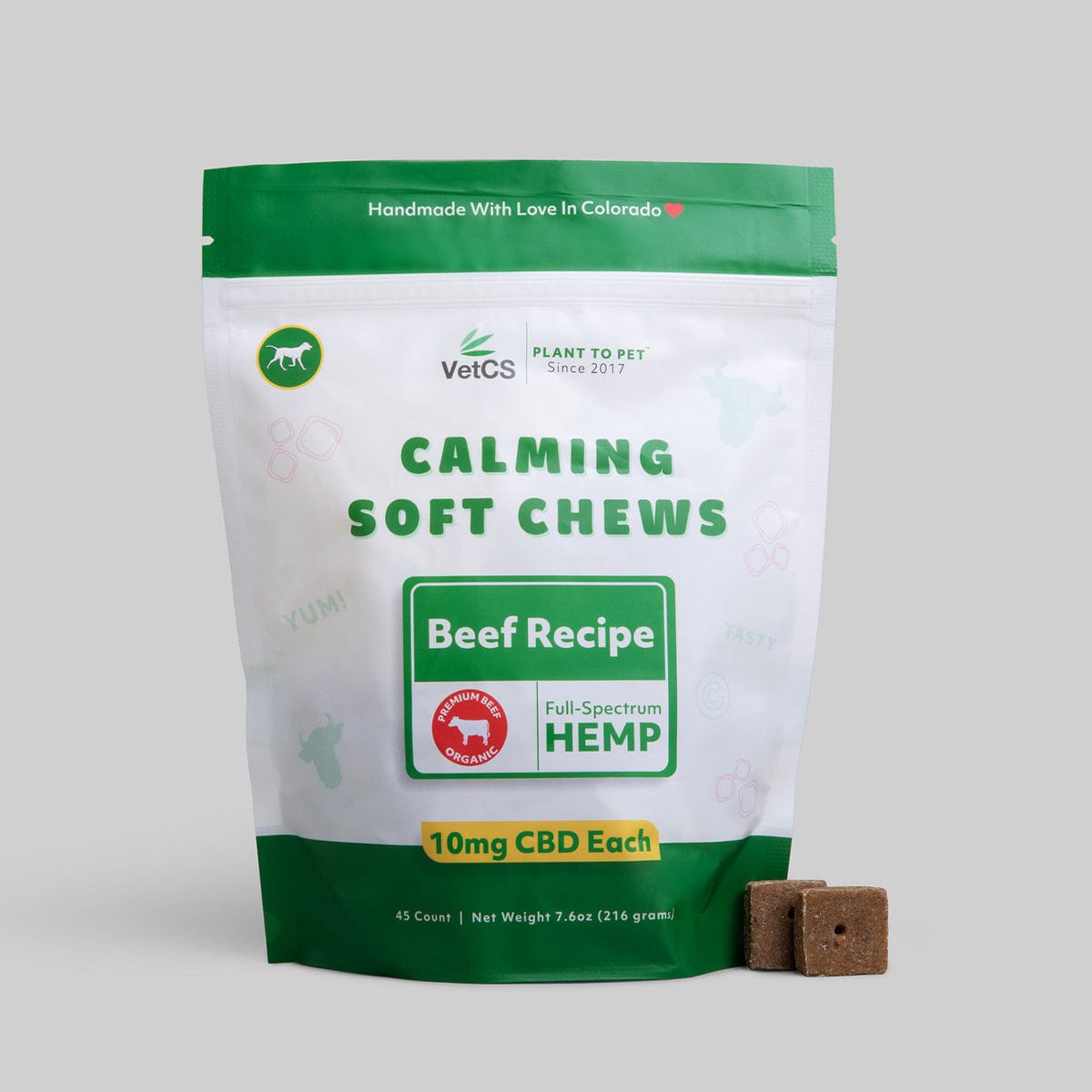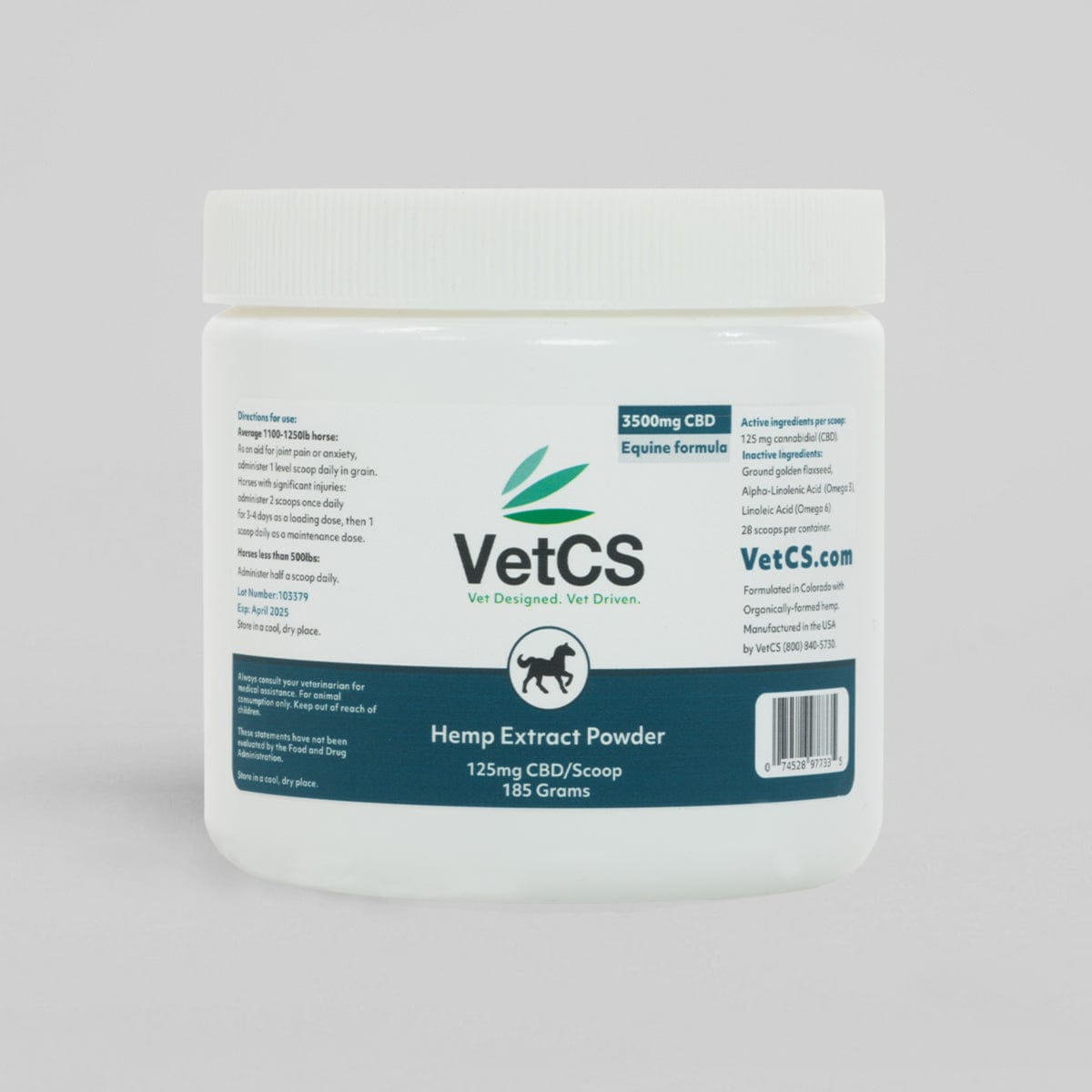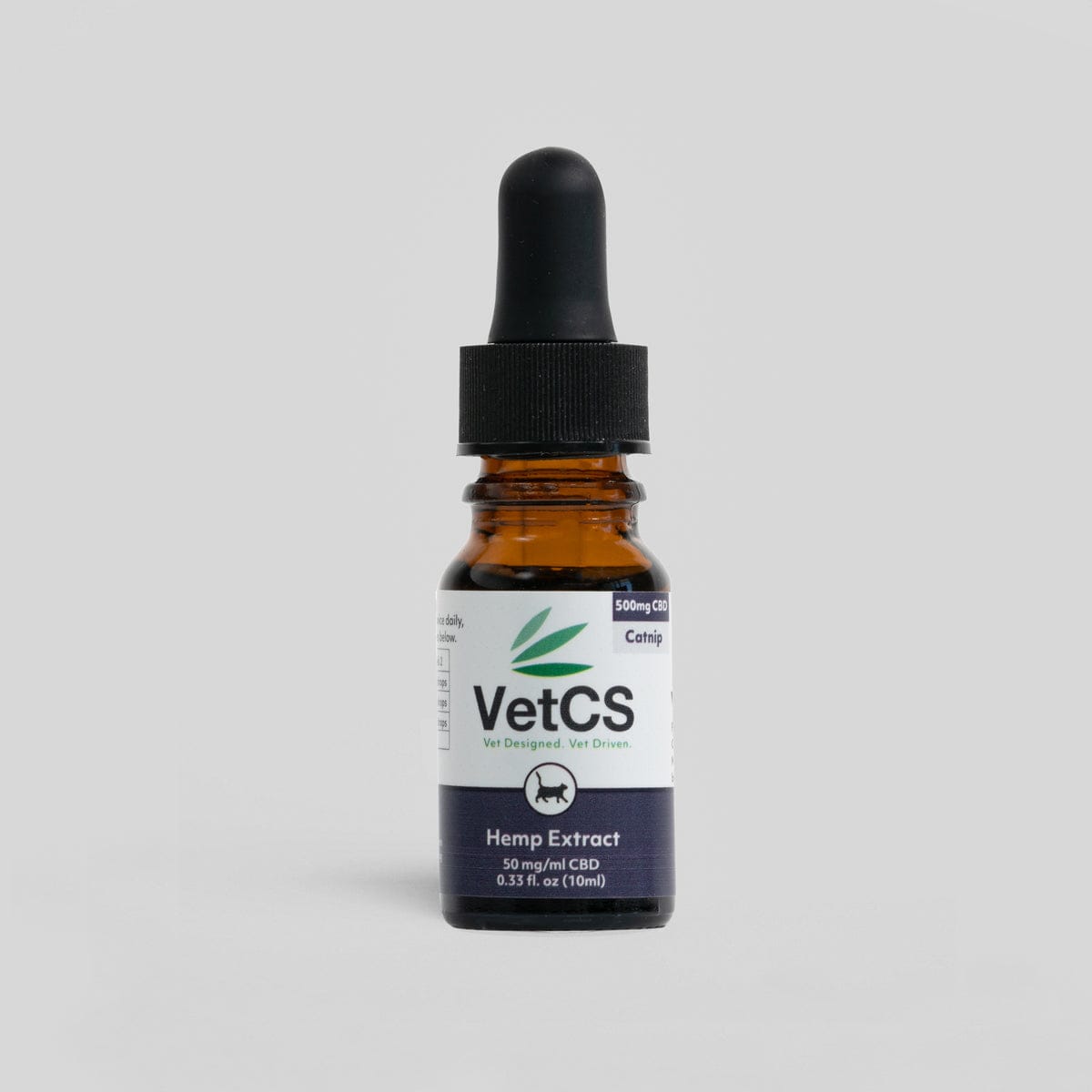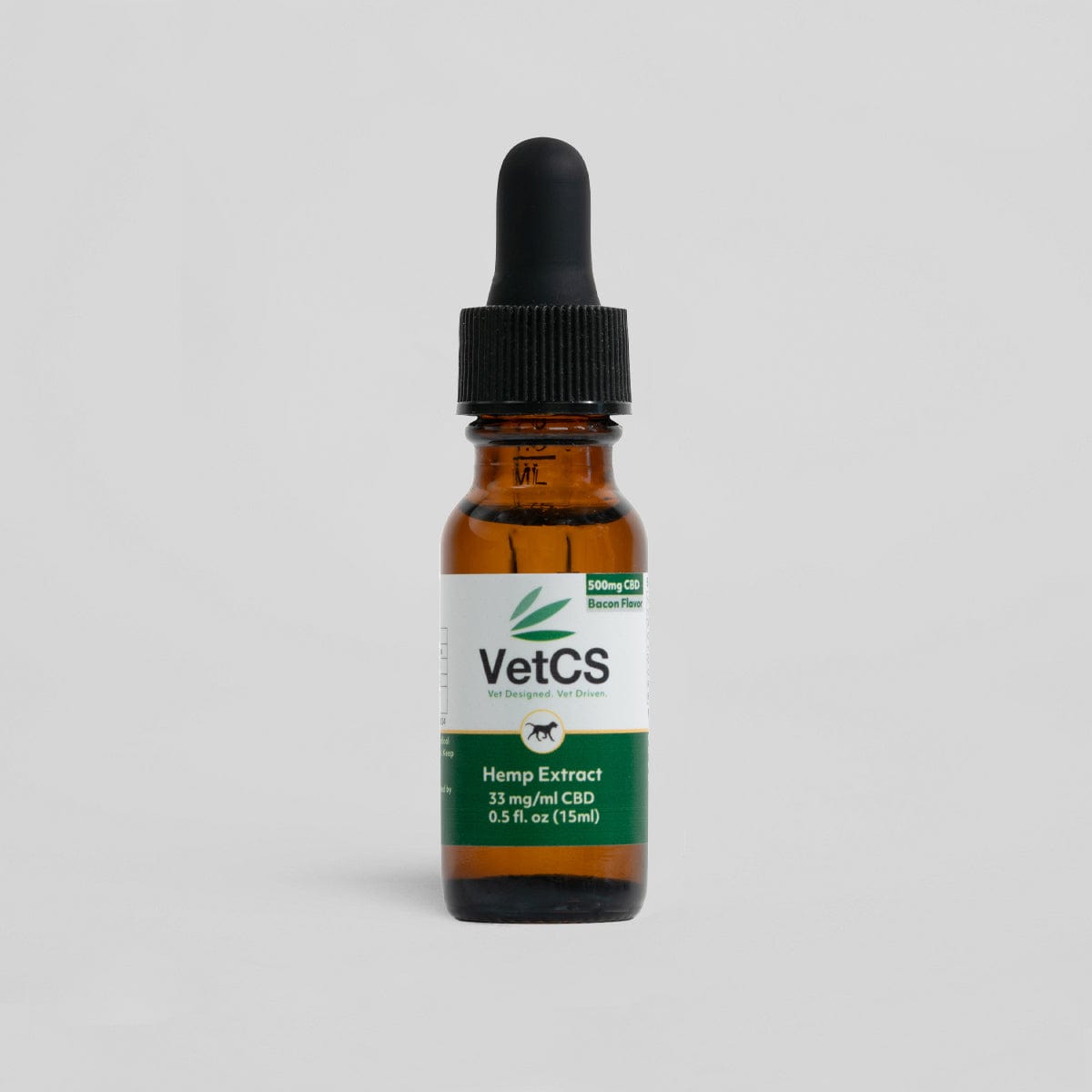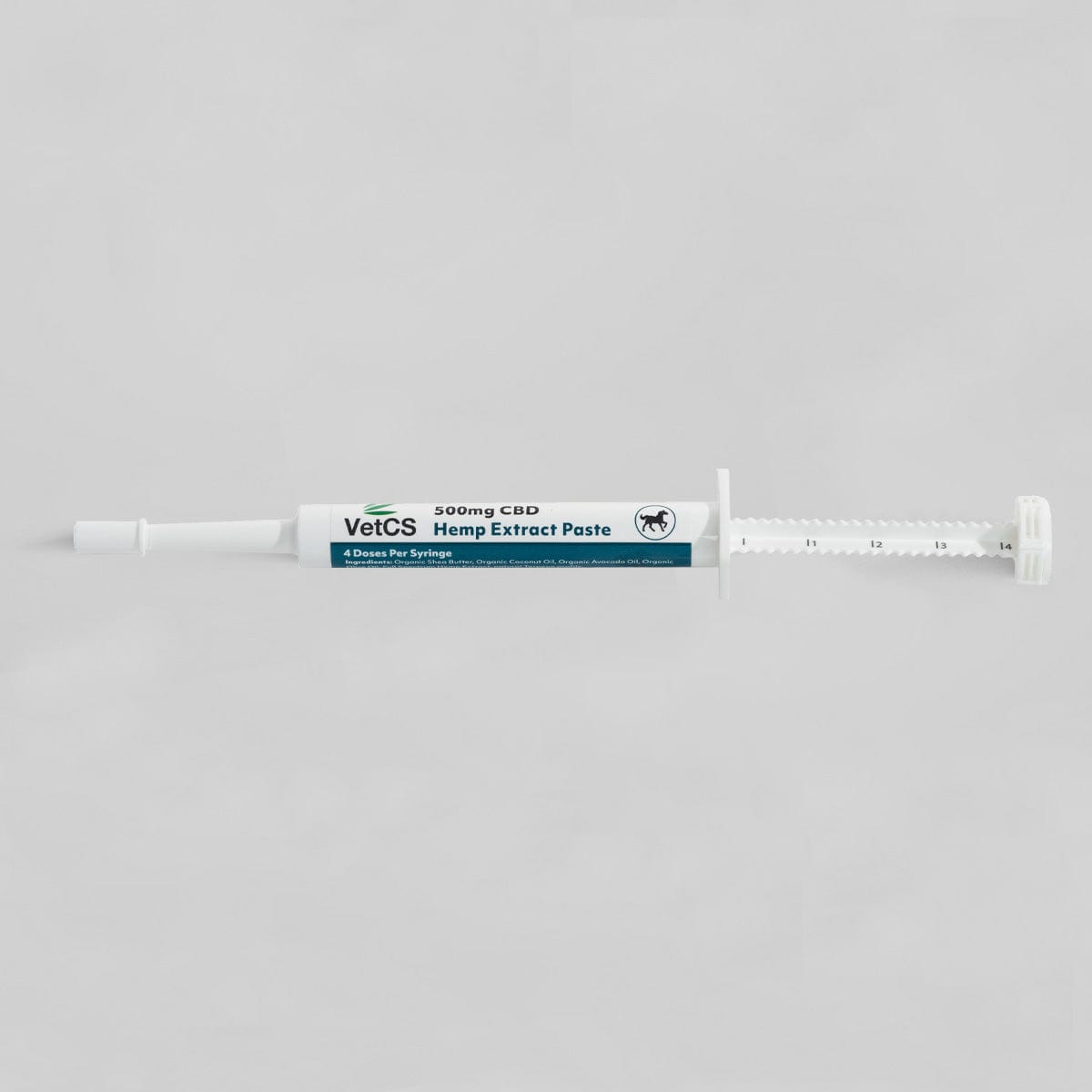We hear it all the time: how do you extract your hemp? What is the process, and how does it work? Let's start out by defining it: Cannabis extraction is the process of separating and concentrating desired constituents from plant material via solvent or mechanical based methodologies. These desired constituents include Cannabinoids (THC, CBD, CBG, CBN, etc.), terpenes, and many other naturally occurring compounds. In dealing with cannabis and hemp extraction, we want to extract and utilize the various compounds the plant has to offer and concentrate them into therapeutic amounts for consumable products. Proper extraction results in safe and effective products for humans and animals. If done improperly, the result can contain unwanted solvents, pesticides, heavy metals, and other contaminants that can potentially end up in final products along with a possible low yield of desired plant profiles.
First, it’s important to understand the key stages and processes found in any processing facility, regardless of the extraction method. All extraction facilities can be broken down into two core sections:
Extraction
This is the part of the process where plant material is being initially extracted and collected. The end product of this initial step is commonly referred to as, “oleoresin” or “crude oil”. The word crude sounds negative, but in the processing world this is not a bad thing. It simply means the extract has not undergone any refinement or post-processing yet. This “crude” or “oleoresin” will contain the desired constituents we touched on earlier, in addition to other compounds pulled from the extraction such as fats, lipids, chlorophyll, etc.
Post Processing / Refinement
This is the second core section of the process. The oleoresin/crude oil is essentially a building block that can be further developed into viable end-user products through many different processes depending on the end product goal. For the sake of hemp processing, most of the oleoresin/crude oil undergoes a process known as fractional distillation. In this process, we target and distill the Cannabinoids (mainly CBD in hemp), into a 95% - 98% distillate. This distillate can then be utilized for accurate dosing applications in a wide range of products. As part of the preparatory steps in distillation, the crude is also filtered, winterized, and decarboxylated. This removes the undesirable constituents from the solution such as fats, lipids, chlorophyll, etc. The final distillate is free from all un-desired constituents and residual solvents.
Now that we’ve taken a general look at the processes, let’s explore solvent based extraction. In solvent based extraction, we utilize an adequate solvent to extract the desired compounds from the plant material. The solvent does this by dissolving the desired constituents in the plant material. Once we have both solvent and solutes (desired constituents) together, we now have a solution. Next, the solvent is removed from the solution, yielding our oleoresin/crude oil. The boiling points of most of our desired constituents are typically much higher than the boiling points of our solvent. Thus, the solution is typically heated to evaporate and reclaim our solvent for future extractions. Once we have our oleoresin/crude oil, it can move to the post-processing/refinement stages to be manipulated into an array of end-user products. Remember, the rule of thumb is “like dissolves like”. Polar compounds mix or dissolve with other polar compounds, and non-polar compounds mix or dissolve with other non-polar compounds. Polar molecules with +/- charges are hydrophilic (soluble in water and dissolves into water easily). Non-Polar molecules are hydrophobic (repelled by water and do not dissolve in water).
Three common types of extraction methods include:
Ethanol Extraction:
Ethanol, commonly known as alcohol extraction, is a widely used method in the hemp industry. It has been used in various forms for centuries, and is one of the oldest forms of botanical extraction. Ethanol is very polar due to its hydroxyl (OH) group, and also non-polar due to its C2H5 group, meaning it will dissolve both polar and non-polar compounds. Water, for example, is a polar solvent that dissolves salts and other polar molecules but not non-polar compounds such as oil. Ethanol is interesting because it exhibits both characteristics.
Ethanol is safe, effective, and extremely versatile as a cannabis extraction solvent. By altering the temperature of the ethanol, you can change how the solvent extracts. Ethanol can thereby be thought of as a tunable solvent. Large scale processors can use it to extract large quantities at scale, and small scale processors can also use it to effectively target full-spectrum profiles, terpene collection, or other desired refinements. This is our lab's chosen method at VetCS for processing our hemp.
Hydrocarbon Extraction:
Hydrocarbon extraction utilizes hydrocarbons as the solvent. Most commonly, instrument grade butane, iso-butane, propane, or any mix thereof. Some other processes like pentane and hexane are also utilized. This is the most widely used method in medicinal and recreational cannabis for dispensary settings for the production of THC products as it can produce a wide variety of high quality concentrates for consumers.
The nonpolar solvent(s) wash over the plant material, which are then collected and heated in a collection vessel. The solvent is evaporated and then recollected. The entire hydrocarbon extraction process is performed in a closed-loop extractor. Thus these hydrocarbon solvents are not exposed to the atmosphere, and are contained in the extraction system. The cannabis concentrate is left behind and may need further refinement depending on the end desired product. The product is purged via a vacuum oven to remove any lingering residual hydrocarbon solvents.
CO2 Extraction:
While it's definitely not a novel method, subcritical and supercritical CO2 extraction has been a common method of extraction in the cannabis industry. CO2 can be manipulated into different phases such as gas, liquid, and supercritical states. When in a liquid or supercritical state, CO2 behaves as a solvent. When CO2 is exposed to extreme pressure and temperatures it will reach the supercritical phase. CO2 is generally non-polar, but it becomes more polar in the supercritical state as pressure and temperature rise. CO2 (carbon dioxide) is a naturally occurring compound that our bodies produce and exists all around us. Subcritical CO2 is simply when CO2 is in a liquid state and used as an extraction solvent. Generally, subcritical CO2 is used to extract more volatile compounds such as terpenes. Supercritical is typically used to extract the different cannabinoids. With pressure and temperature affecting the solubility of CO2, it can be used to fractionally pull many different varieties of available cannabis compounds. CO2 typically requires a final ethanol refinement step. However, the different pressure and temperature ratios allow for a tunable extraction solvent that can be used to make a multitude of products.
We hope this introduction to extraction helps you to feel more prepared when navigating the cannabis market. Make sure you ask the company what extraction method is being used in their products, and if they can provide you with a certificate of analysis (COA) from a third party lab to ensure no residual solvents from the extraction process are in any of their products. Additionally, if any mold, pesticides, or heavy metals were present in the hemp or cannabis that was extracted, these contaminants can end up in the final product. Make sure to ask for these COAs as well.
You may hear debates about which approach is the greatest, and companies may say that their method is the "best" and that "all others are inferior" if they aren't using the same platform. Is that true? Honestly, no! No method is "better" than the other as long as it is produced by trained professionals in a properly equipped facility, and lab tests show that the finished product is clean and safe to consume. At VetCS, all of our certificates of analysis for each product are included on each product page. We provide traceable batch numbers with full panel lab testing on every batch to ensure safety and efficacy in our products.
Happy Hemping!





